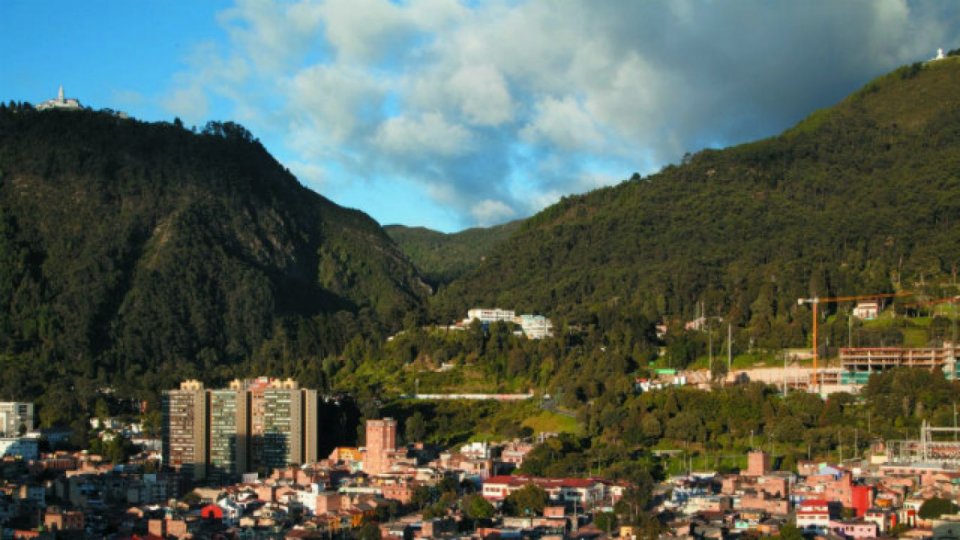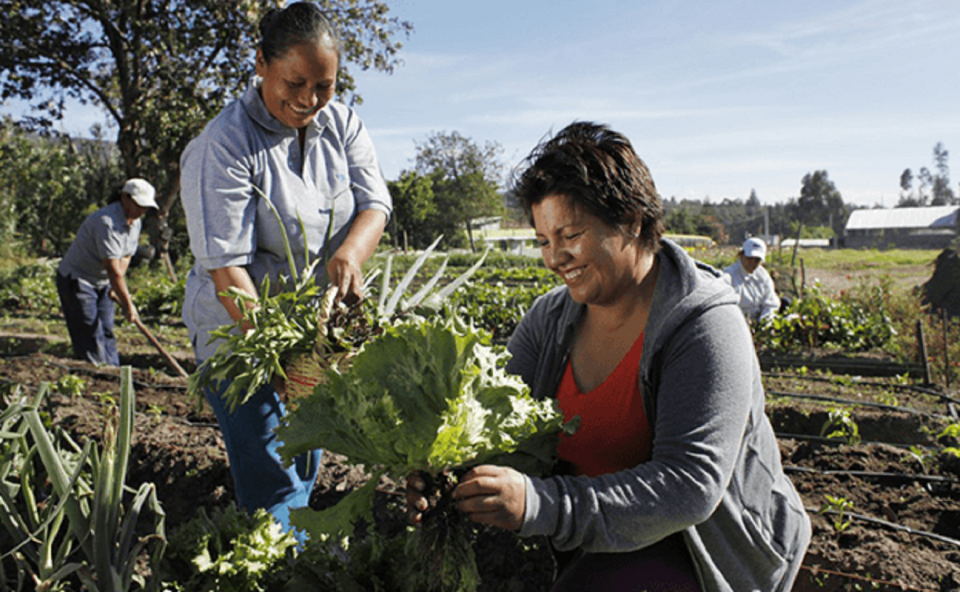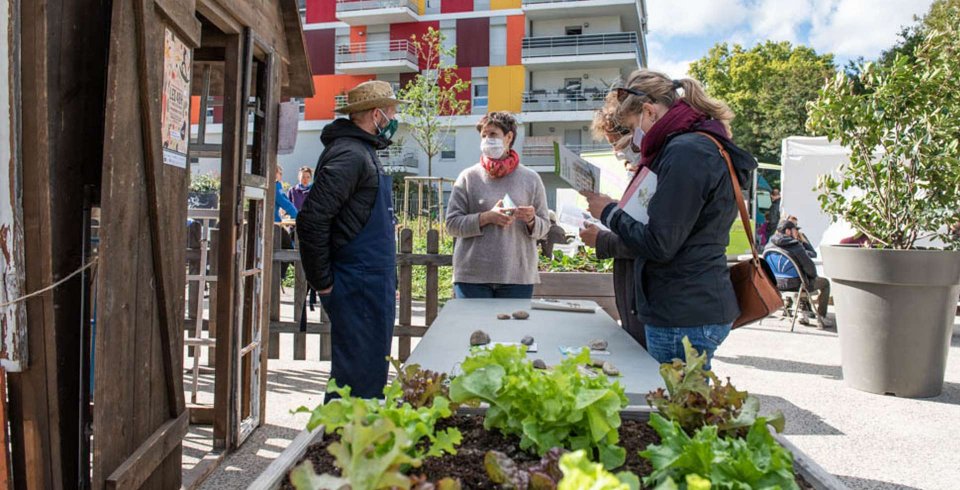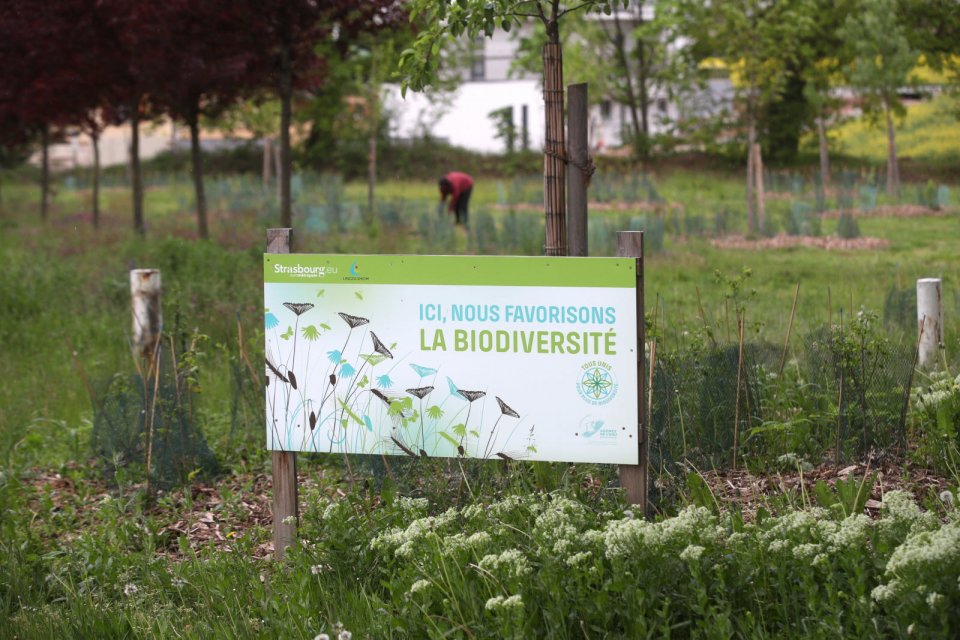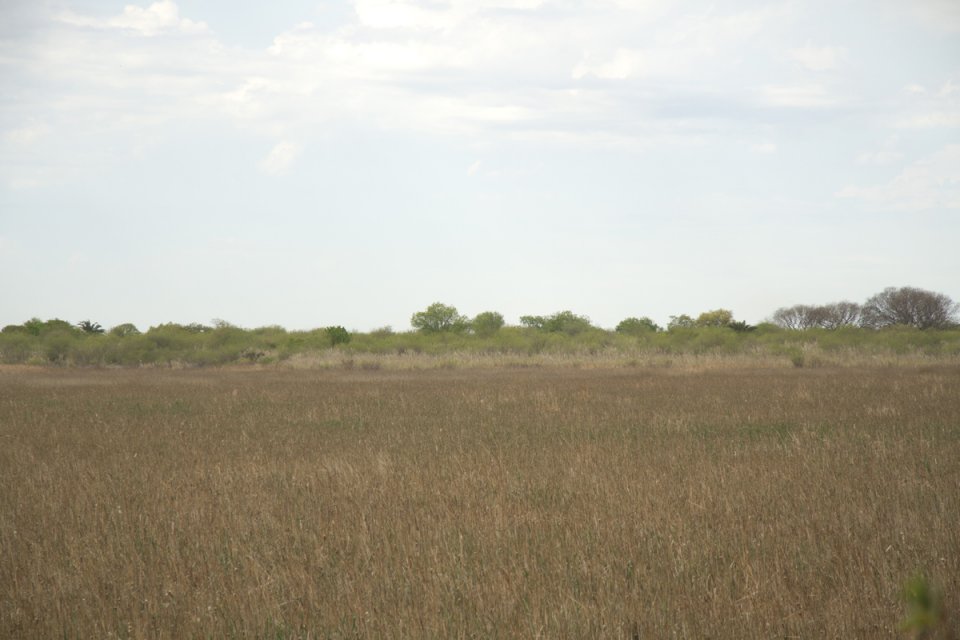Network of Cerros de Bogotá Schools
English
The Cerros de Bogotá School Network is a space for integration and active collaboration between educational institutions for the appropriation of the Cerros de Bogotá. It provides tools to public and private schools for the articulation, strengthening, visibility and implementation of School Environmental Projects, or other educational projects, aimed at the conservation, appropriation and sustainable use of the hills of the city of Bogota and the ecosystem services it provides. It also acts as a facilitator of collaborative work between schools and institutions with interests related to the objectives of the network.
Challenges addressed
- Social cohesion
- Nature appropriation / stewardship
- Reconnection to the biosphere / environmental education
Region:
CELAC
Country:
Colombia
City:
Bogotá
City population:
7,181,000
Timeline:
2005
Last updated:
30 Aug 2023 
